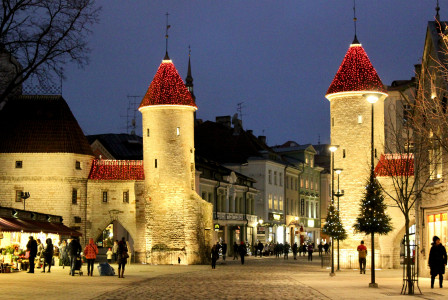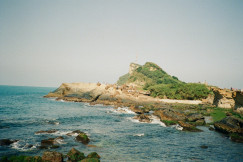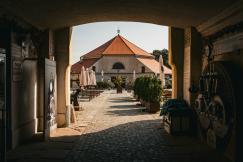Best practices
16 July 2025
UNESCO-tourism: Promoting UNESCO cultural regions as tourist destinations
Best practices
16 July 2025
Cultural tourism
Ecotourism
Cross-border travelling
+6 more
Login / create an account to be able to react
-
7

The UNESCO-tourism project, completed in February 2020, successfully developed and promoted cross-border cultural tourism products in four UNESCO-recognised regions of Estonia and Latvia.
Alsunga Municipality Council
Dundaga Municipality
Ethnic Culture Centre "Suiti"
Foundation Kihnu Cultural Space
Kihnu Municipality Council
Kuldiga District Council
Meremäe Municipality Council
Seto Institute Foundation
Setomaa Tourism NGO
The Latvian Country Tourism Association "Lauku ceļotājs"
Värska Municipality Council
Topics
Estonia
Latvia
Cultural and Heritage Organisations
Destination Management & Marketing Organisations
Local Authorities
NGOs / Non-profits
Regional Authorities
-
Specific types of tourism
-
-
Cultural tourism
-
Ecotourism
-
-
Transition Pathway Strategic Areas
-
-
Cross-border travelling
-
Governance of tourism destinations
-
Well-being of residents
-
-
Business activities
-
-
Activities of associations and other organisations supporting tourism
-
Gardens and nature reserves activities
-
Operation of historical sites
-
Other
-
Share
The UNESCO-tourism project, funded by the INTERREG V-A Estonia–Latvia Programme 2014–2020 and implemented from 1 March 2017 to 29 February 2020, focused on developing a joint tourism product based on four small local cultural regions recognised by UNESCO: Setomaa and Kihnu in Estonia, and Suiti and the Livonian Coast area in Latvia. The project aimed to promote these unique ethno-cultural regions as attractive tourism destinations.
Key activities included the development of joint tourism products, the creation of three new routes, the design of marketable tour packages, the launch of dedicated visitor websites, and the strategic use of the UNESCO label. Additional efforts involved marketing, communication, and engaging local businesses in product development.
The project contributed to increased regional visibility, strengthened cross-border cooperation, and laid the foundation for sustainable cultural tourism development.
For detailed information on project funding, activities, and outcomes, please refer to the link provided on the left-hand side of the platform.
#Cultural preservation #Cross-regional cooperation #Sustainable tourism #Tourism development
Comments (0)
Related content
See also
Sustainable EU Tourism - Key challenges and best practices
- Categories
- Coastal, maritime and inland water tourism Cultural tourism Ecotourism +64 more
SmartGuide: Connecting travelers and destinations through AI
- Categories
- Coastal, maritime and inland water tourism Cultural tourism Ecotourism +21 more
Jump into the conversation with the community!
- Categories
- Coastal, maritime and inland water tourism Cultural tourism Ecotourism +64 more





